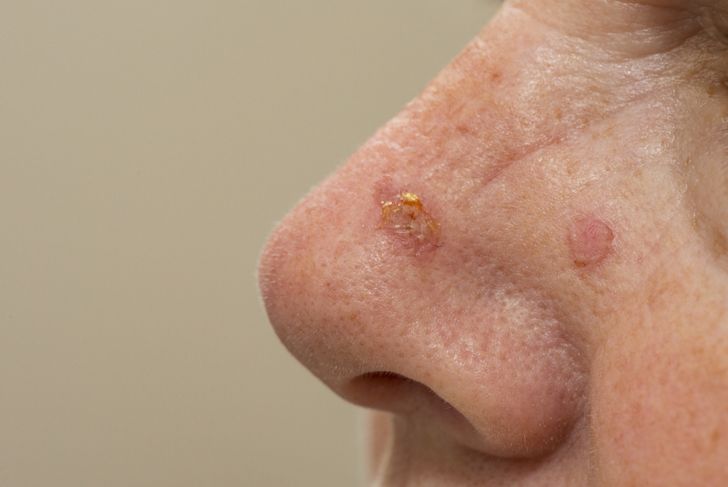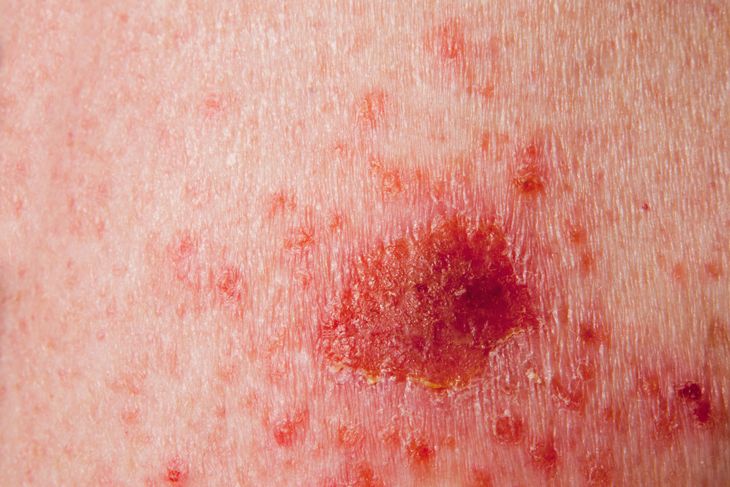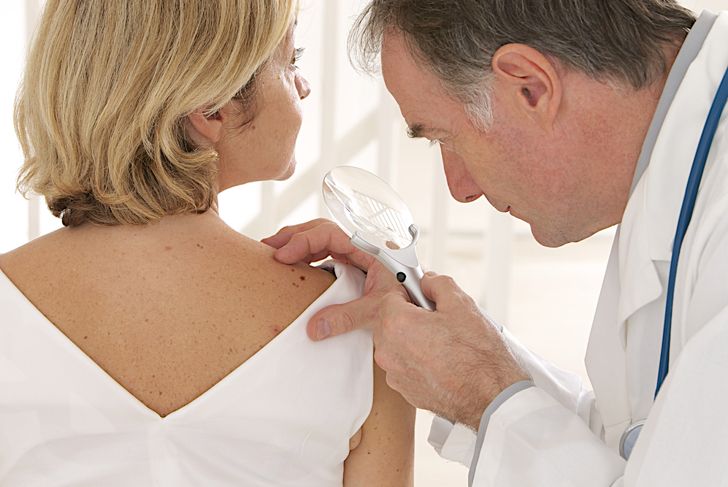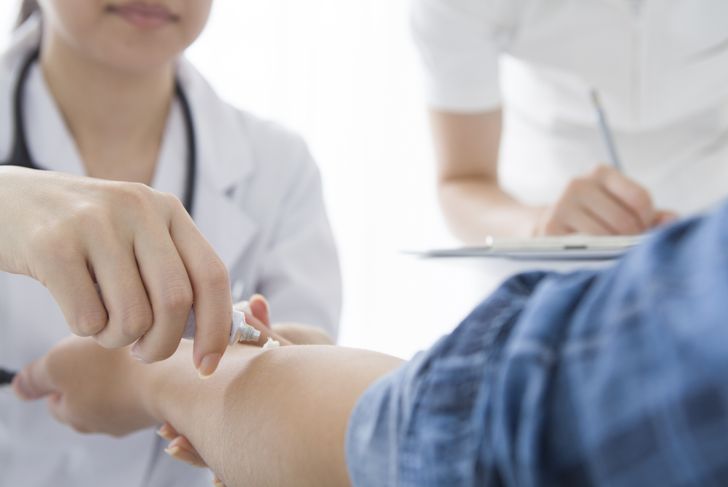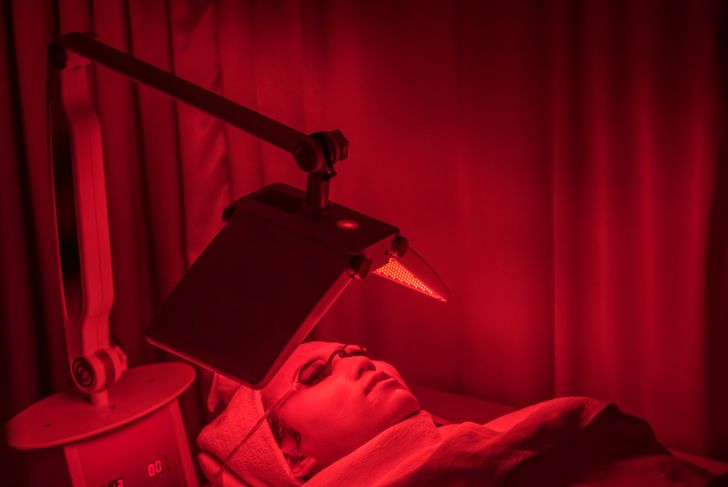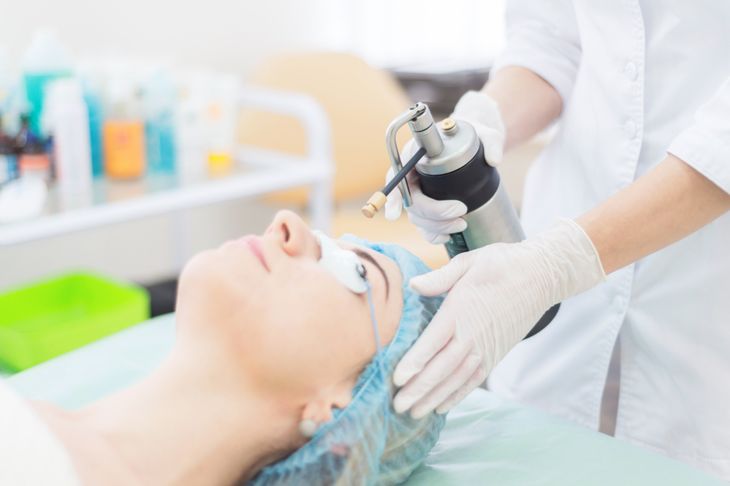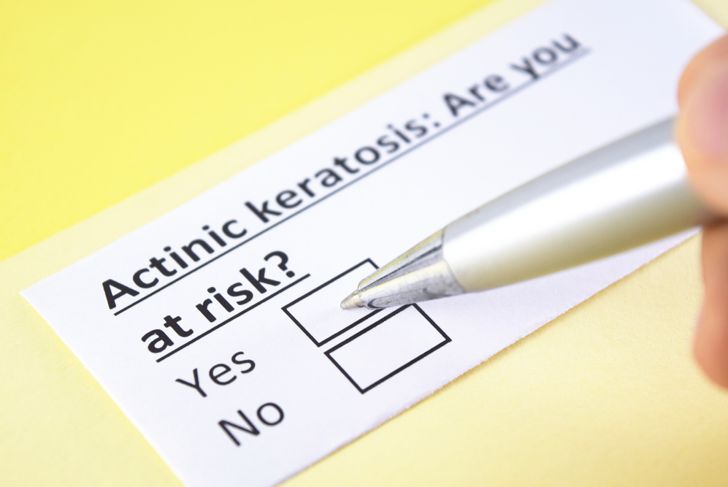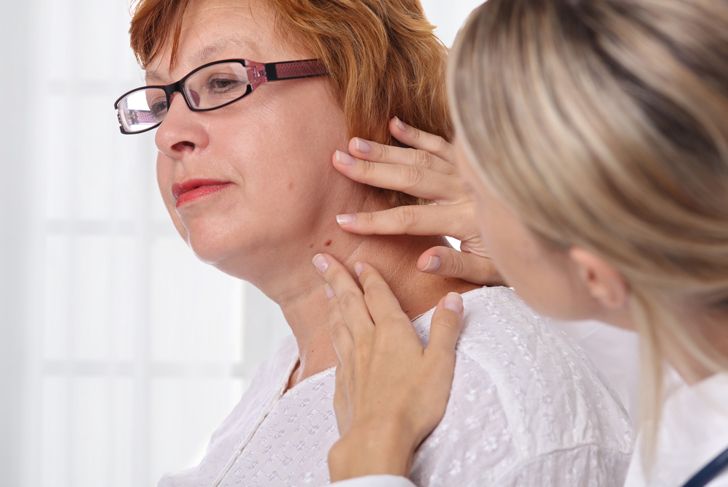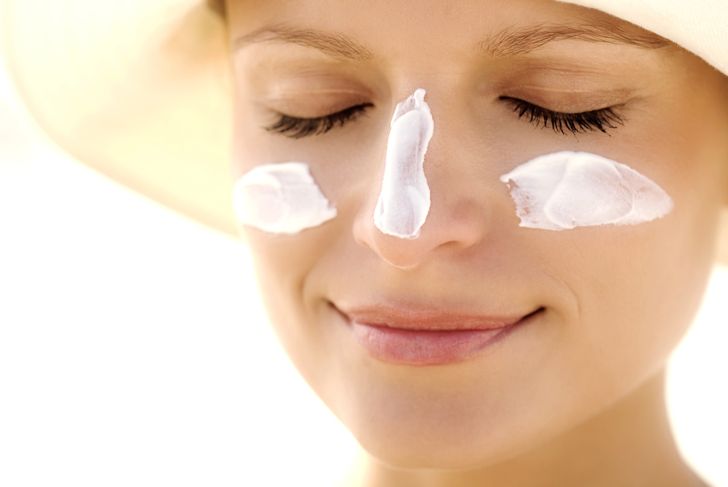Actinic keratosis (AK) is a rough, scaly growth on the skin that develops after years of exposure to harmful UV rays. This type of growth on the skin is considered precancerous because if left untreated, it can develop into skin cancer. In most cases, when one patch is discovered, more spots are growing as well, which is why it is often referred to in the plural form—keratoses. Do you think you may have actinic keratoses? Read on to find out if you should schedule an appointment with your doctor.
Place of growth
Actinic keratoses appear on parts of the skin which are frequently exposed to the sun. They are most commonly found on the scalp, face, ears, neck, shoulders, arms, hands, and lower legs. They are also more common in fair-skinned people over the age of 40. AKs usually start out very small and gradually grow bigger— in many cases they are felt before they are seen. The skin may begin to feel rough and dry, like sandpaper.
Color of the growth
AKs are seen in many different colors including skin color, tan, pink, red, or brown. The growth may include a combination of colors instead of just one color. A person may have multiple growths, each one a different size and a different color.
Other characteristics
Sometimes AKs can be mistaken for warts. Like warts, they are often raised above the skin and may appear skin-colored. The growths can be just a few millimeters across or a few centimeters across. Some people report the patches feeling sore or itchy, and rarely, they may even bleed. If you have an unusual growth or patch that begins to multiply or to bleed, make an appointment with your GP right away.
Topical treatment
If it has been confirmed that you have actinic keratosis, your doctor may try treating it first with a prescription cream or gel. According to The Skin Cancer Foundation, you may be prescribed a cream or gel to treat AK.
Treatment with photodynamic therapy
Photodynamic therapy (PTD) uses a strong light to get rid of unhealthy or unwanted skin cells. It is a commonly used treatment for the face and scalp. First, a topical agent is applied to the patch to make the skin more sensitive to light. Then, the skin is exposed to a strong light which destroys the AK but spares the healthy skin, where the topical agent was not applied.
Treatment with cryotherapy
Cryotherapy is the use of very low temperatures for medical purposes. You may be familiar with the concept of “freezing off a wart.” The same thing can be done with AKs. The dermatologist will apply liquid nitrogen to the AK which will freeze the tissue. This may cause discomfort or mild pain. The surrounding tissue may later blister or become crusted, and the AK will come off.
Treatment with scraping (curettage and desiccation)
Curettage and desiccation are when the doctor uses an instrument called a curet to scrape off damaged cells. You may first be given local anesthetic before the procedure. Sometimes scraping is followed by electrosurgery to destroy any unhealthy cells. After the scraping, a heat or chemical agent may be applied to stop the bleeding. This type of procedure has the risk of infection, so your doctor may want to monitor you closely. Side effects may include scarring or changes in skin coloration around the site.
Combination therapy
In many cases, the doctor may recommend a combination of two or more therapies to treat AK. Surgical treatments like PTD, cryotherapy, and scraping are often paired with topical agents to ensure that all unhealthy skin cells are eliminated.
Prevention
People who develop several patches may have a 1-in-10 chance of getting skin cancer within the first ten years after developing AK.
- The best way to avoid getting AK and to prevent the growth of cancer is to protect yourself from harmful sun rays.
- If you spend a lot of time outside, seek shade at peak hours— especially between 10 am and 4 pm.
- Get a daily facial moisturizer with at least 15 SPF, and apply it regularly.
- Wear a hat with a wide brim if you will be outside for an extended period, and invest in UV-blocking sunglasses and activewear.
- Apply sunscreen daily.
- If you had an AK in the past, go for regular checkups at your dermatologist, and examine your skin on your own every month.
- If you see an unusual growth anywhere on your skin, play it safe and make an appointment with your dermatologist.

 Home
Home Health
Health Diet & Nutrition
Diet & Nutrition Living Well
Living Well More
More